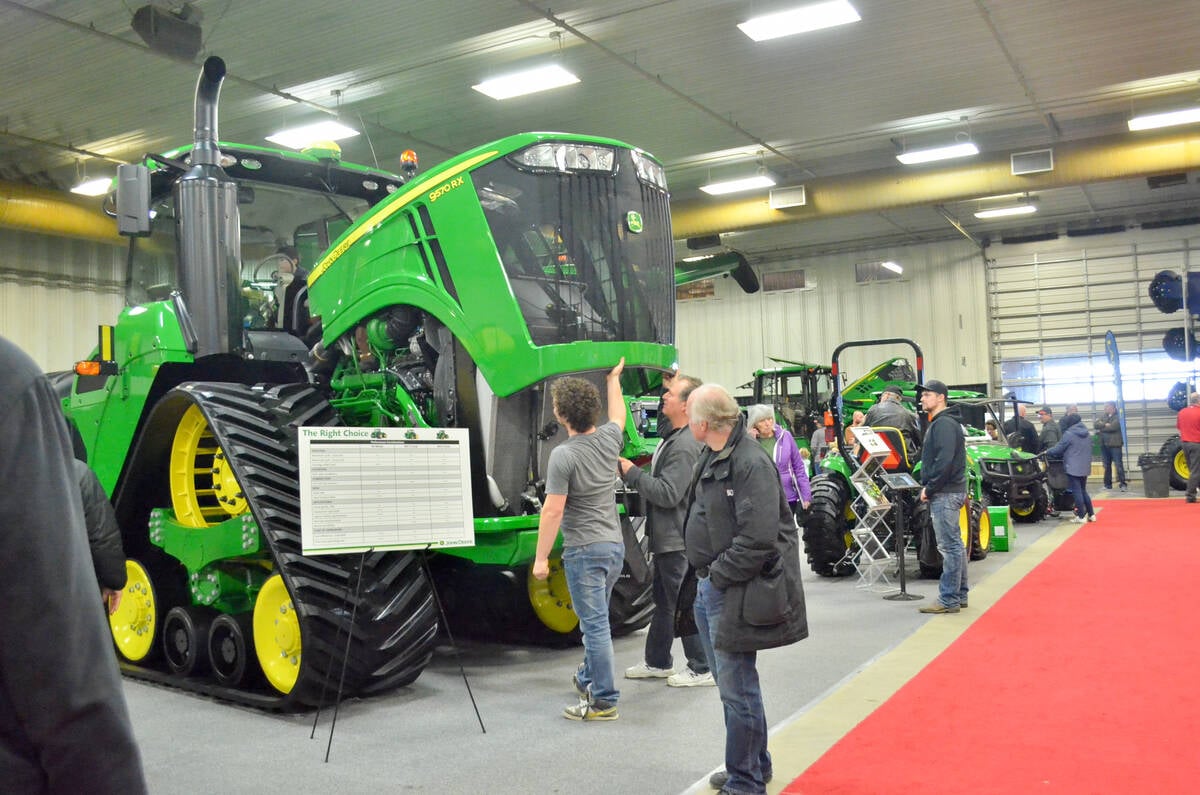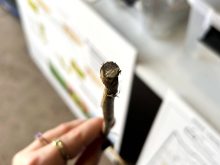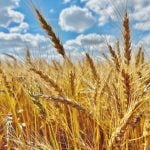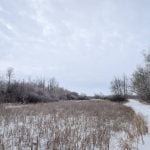Conditions for Russia’s coming harvest are not as favourable as thought, industry observers said Feb. 26, citing evidence of patchy snow cover and potential lack of supplies for spring sowing.
“It doesn’t look as optimistic as it might,” president and chief executive of Russia’s SovEcon think-tank Andrei Sizov told a conference in Altai, a key Siberian producing region.
“When we look at the view from space the situation looks different. It shows poor development of snow cover at the end of November,” Sizov said, showing satellite images of fields in a key producing region, Voronezh, in the Black Earth region.
Read Also

The sneak peak of Manitoba Ag Days 2026
Canada’s largest indoor farm show, Manitoba Ag Days, returns to Brandon’s Keystone Centre Jan. 20-22, 2026. Here’s what to expect this year.
Fresher images should reveal more in the coming weeks, he said.
Russia imposed a ban on grain exports last year after a drought killed large areas of crop, reducing the overall harvest by a third from the previous year.
The ban expires on July 1 but the government has warned it will only decide whether further restrictions are warranted when prospects for the upcoming harvest become clearer.
Some Black Earth farmers have said winter crops looked promising, pointing to snow cover of 50 cm (20 inches) and more to protect green shoots of winter wheat from the icy winter air.
But some of Russia’s farm lobbies have said in addition to a three-million-hectare shortfall in winter sowings compared to the previous year are losses of sown area to dry autumn weather.
Of a sown area of around 15 million hectares, Sizov said around 14 million would be harvested for a winter crop of around 38 million tonnes.
But crop and industry conditions varied widely from region to region. The southern regions north of the Black Sea were left facing a glut of milling wheat after favourable winter weather followed a healthy harvest which could not be exported.
Particularly hard hit was winter grain in the Volga River valley, the northern part of which was savaged by late-summer forest fires as well as drought.
“In Saratov, the level of (winter) sowing was only 38 per cent (of previous years’ levels),” said Dmitry Rylko, director of the Institute for Agricultural Market Studies (IKAR).
“Tatarstan, Orenburg, and Samara have seriously under-sown,” he said, listing producing regions along the Volga. “Those who dared to sow, sowed in dust.”
In addition to the ground lost to poor weather, Russia’s farmers face other obstacles to spring planting: access to loans is tight after several years of financial difficulty culminating in the drought of last year, and irregular fertilizer supplies.
Even in the relatively untroubled south, Rylko said, “farmers were wailing over what was going on with fertilizer.”
In a sign the industry could live with the consequences of the drought for some time, Sizov said seed supplies presented a concern.
In the case of barley, of which the last crop came in at roughly half the previous year’s level, Sizov said growers in the Volga had requested the government set aside all intervention stocks of barley for seed.
“The availability and quality of seed for spring planting is a very tough question after the drought,” he said.
———
“Thosewhodaredtosow,sowedindust.”
– DMITRY RYLKO














